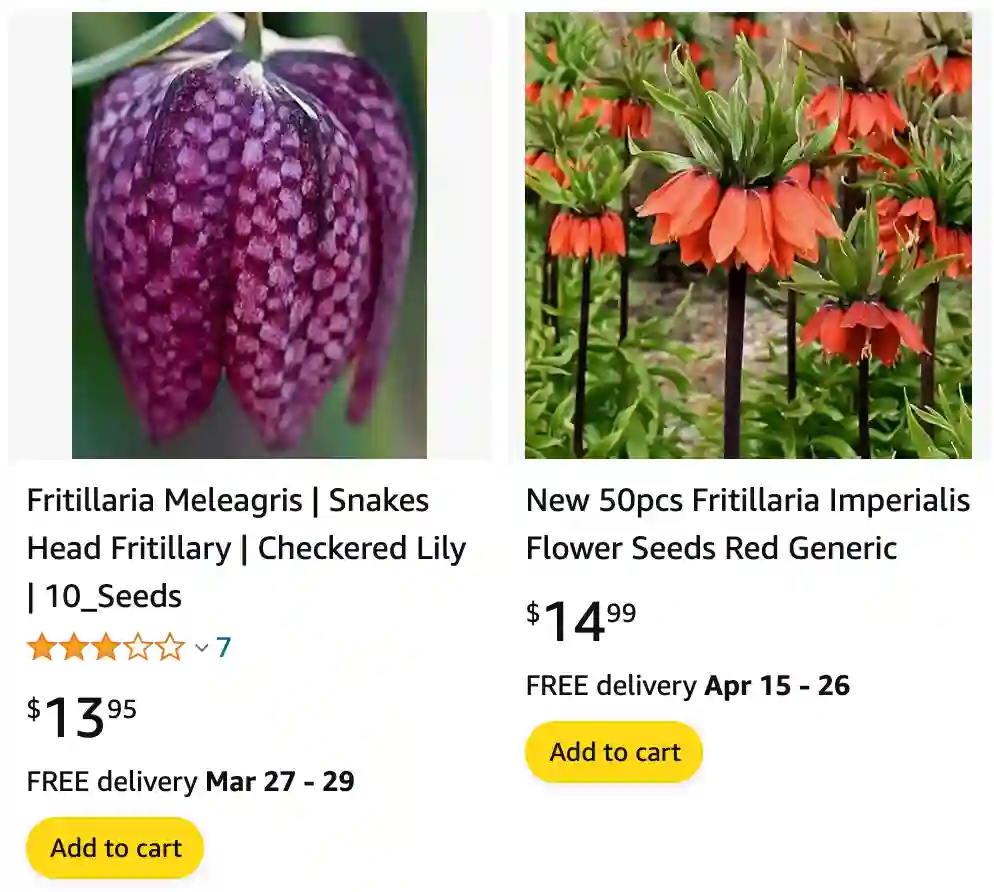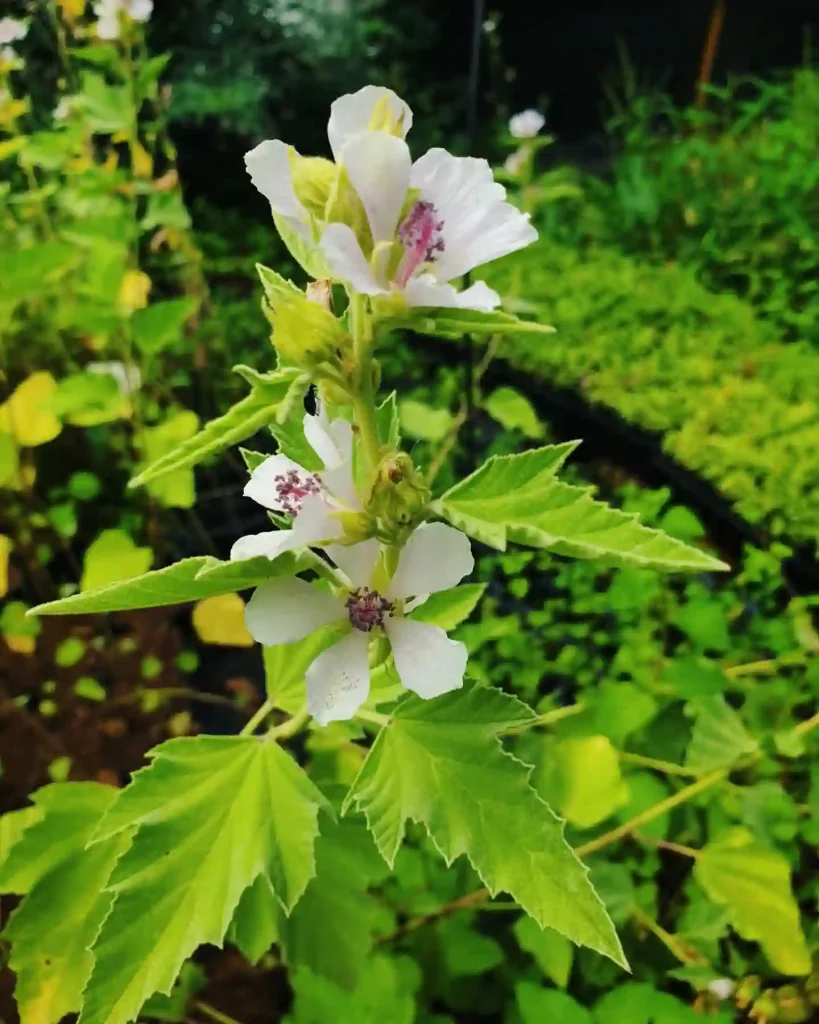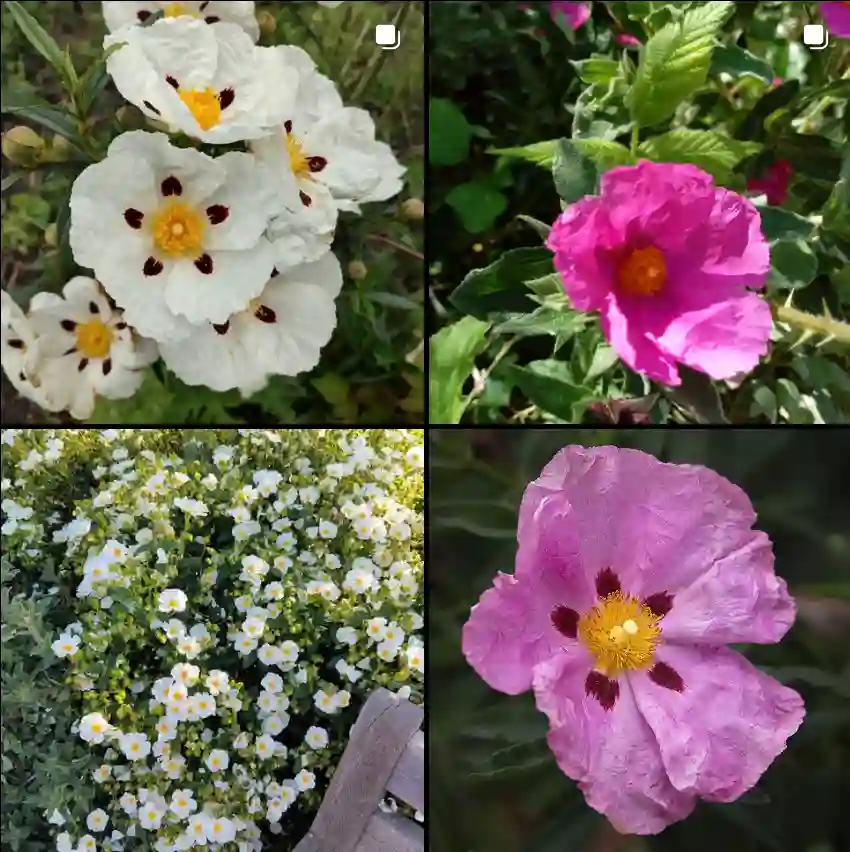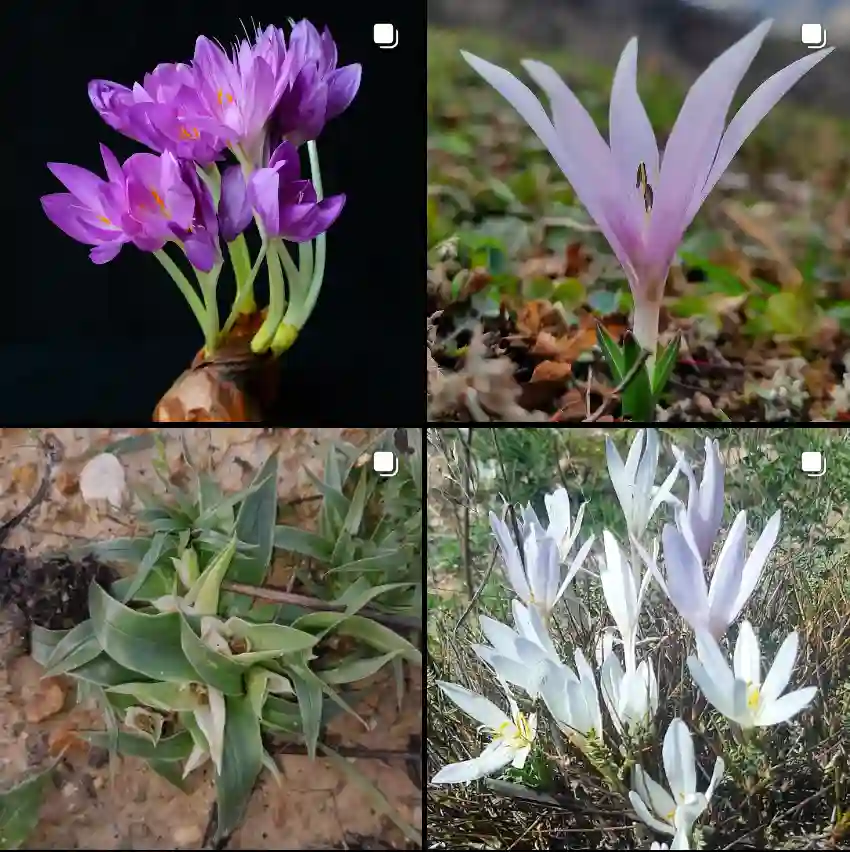
What is fritillaria?
Fritillaria is a fascinating genus of flowering plants belong to the Liliaceae family, that I discovered while gardening a few years back. These stunning flowers have a unique bell or cup shape and come in various colors, from vibrant oranges to deep purples. I was drawn to their intricate patterns and delicate appearance, which adds a touch of elegance to any garden.
Fritillaria species
- Fritillaria acmopetala Boiss.
- Fritillaria affinis (Schult. & Schult.f.) Sealy
- Fritillaria agrestis Greene
- Fritillaria alburyana Rix
- Fritillaria alfredae Post
- Fritillaria amabilis Koidz.
- Fritillaria amana (Rix) Teksen
- Fritillaria anhuiensis S.C.Chen & S.F.Yin
- Fritillaria ariana (Losinsk. & Vved.) Rix
- Fritillaria armena Boiss.
- Fritillaria arsusiana Yıldırım & Teksen
- Fritillaria assyriaca Baker
- Fritillaria asumaniae R.Wallis, R.B.Wallis & Özhatay
- Fritillaria atrolineata Bakhshi Khan.
- Fritillaria atropurpurea Nutt.
- Fritillaria aurea Schott
- Fritillaria avromanica Advay & Teksen
- Fritillaria ayakoana Maruy. & Naruh.
- Fritillaria baisunensis Rukšāns
- Fritillaria baskilensis Behcet
- Fritillaria biflora Lindl.
- Fritillaria bithynica Baker
- Fritillaria brandegeei Eastw.
- Fritillaria bucharica Regel
- Fritillaria byfieldii Özhatay & Rix
- Fritillaria camschatcensis (L.) Ker Gawl.
- Fritillaria carica Rix
- Fritillaria caucasica Adams
- Fritillaria chitralensis (Anon.) B.Mathew
- Fritillaria chlorantha Hausskn. & Bornm.
- Fritillaria chlororhabdota Bakhshi Khan.
- Fritillaria cirrhosa D.Don
- Fritillaria collina Adams
- Fritillaria conica Boiss.
- Fritillaria crassicaulis S.C.Chen
- Fritillaria crassifolia Boiss. & A.Huet
- Fritillaria dagana Turcz.
- Fritillaria dajinensis S.C.Chen
- Fritillaria davidii Franch.
- Fritillaria davisii Turrill
- Fritillaria delavayi Franch.
- Fritillaria drenovskii Degen & Stoj.
- Fritillaria dzhabavae A.P.Khokhr.
- Fritillaria eastwoodiae R.M.Macfarl.
- Fritillaria ebeiensis G.D.Yu & G.Q.Ji
- Fritillaria eceri Balos & Eker
- Fritillaria eduardii A.Regel ex Regel
- Fritillaria ehrhartii Boiss. & Orph.
- Fritillaria elwesii Boiss.
- Fritillaria enginiana (Byfield & Özhatay) Teksen
- Fritillaria epirotica Turrill ex Rix
- Fritillaria euboeica Rix
- Fritillaria falcata (Jeps.) D.E.Beetle
- Fritillaria ferganensis Losinsk.
- Fritillaria fleischeriana Steud. & Hochst. ex Schult. & Schult.f.
- Fritillaria forbesii Baker
- Fritillaria frankiorum R.Wallis & R.B.Wallis
- Fritillaria fusca Turrill
- Fritillaria gencensis Yıld., Kılıç & Demirp.
- Fritillaria gentneri Gilkey
- Fritillaria gibbosa Boiss.
- Fritillaria glauca Greene
- Fritillaria graeca Boiss. & Spruner
- Fritillaria grandiflora Grossh.
- Fritillaria gussichiae (Degen & Dörfl.) Rix
- Fritillaria hakkarensis (Rix) Teksen
- Fritillaria hermonis Fenzl ex Klatt
- Fritillaria imperialis L. Plant FAQs: Fritillaria Imperialis
- Fritillaria involucrata All.
- Fritillaria japonica Miq.
- Fritillaria kaiensis Naruh.
- Fritillaria karakocanensis Sonay, Tekşen, Yıldırım & Balos
- Fritillaria karelinii (Fisch. ex D.Don) Baker
- Fritillaria kittaniae Sorger
- Fritillaria kiusiana L.Hill
- Fritillaria koidzumiana Ohwi
- Fritillaria kolbintsevii Ruksans & Zubov
- Fritillaria kordestanica Advay
- Fritillaria kotschyana Herb.
- Fritillaria kurdica Boiss. & Noë
- Fritillaria lagodechiana Kharkev.
- Fritillaria latakiensis Rix
- Fritillaria latifolia Willd.
- Fritillaria legionensis Llamas & J.Andrés
- Fritillaria liliacea Lindl.
- Fritillaria lusitanica Wikstr.
- Fritillaria macedonica Bornm.
- Fritillaria macrocarpa Coss. ex Batt.
- Fritillaria maximowiczii Freyn
- Fritillaria melananthera (Rix) Teksen & Advay
- Fritillaria meleagris L. Plant FAQs: Fritillaria Meleagris – Snake’s Head Fritillary
- Fritillaria meleagroides Patrin ex Schult. & Schult.f.
- Fritillaria messanensis Raf.
- Fritillaria michailovskyi Fomin
- Fritillaria micrantha A.Heller
- Fritillaria milasensis Teksen & Aytaç
- Fritillaria minima Rix
- Fritillaria minuta Boiss. & Noë
- Fritillaria monantha Migo
- Fritillaria montana Hoppe ex W.D.J.Koch
- Fritillaria mughlae Teksen & Aytaç
- Fritillaria muraiana Ohwi
- Fritillaria mutabilis Kamari
- Fritillaria obliqua Ker Gawl.
- Fritillaria ojaiensis Davidson
- Fritillaria olgae Vved.
- Fritillaria olivieri Baker
- Fritillaria oranensis Pomel
- Fritillaria orientalis Adams
- Fritillaria ozdemir-elmasii Yıldırım & Teksen
- Fritillaria pallidiflora Schrenk ex Fisch. & C.A.Mey.
- Fritillaria persica L. – Plant FAQs: Fritillaria Persica
- Fritillaria phitosia Kamari, Zahos & Siagou
- Fritillaria pinardii Boiss.
- Fritillaria pinetorum Davidson
- Fritillaria pluriflora Torr. ex Benth.
- Fritillaria pontica Wahlenb.
- Fritillaria przewalskii Maxim. ex Batalin
- Fritillaria pudica (Pursh) Spreng.
- Fritillaria purdyi Eastw.
- Fritillaria pyrenaica L.
- Fritillaria raddeana Regel
- Fritillaria recurva Benth.
- Fritillaria regelii Losinsk.
- Fritillaria reuteri Boiss.
- Fritillaria rhodia A.Hansen
- Fritillaria rhodocanakis Orph. ex Baker
- Fritillaria rugillosa Naumenko & Zubov
- Fritillaria ruthenica Wikstr.
- Fritillaria sajanensis Stepanov
- Fritillaria selenica Advay
- Fritillaria serpenticola (Rix) Teksen & Aytaç
- Fritillaria sewerzowii Regel
- Fritillaria shehbazii Advay
- Fritillaria shikokiana Naruh.
- Fritillaria sibthorpiana (Sm.) Baker
- Fritillaria sichuanica S.C.Chen
- Fritillaria sinica S.C.Chen
- Fritillaria skorpili Velen.
- Fritillaria sonnikovae Shaulo & Erst
- Fritillaria sororum Jim.Persson & K.Persson
- Fritillaria × spetsiotica Kamari
- Fritillaria stenanthera (Regel) Regel
- Fritillaria straussii Bornm.
- Fritillaria striata Eastw.
- Fritillaria stribrnyi Velen.
- Fritillaria taipaiensis P.Y.Li
- Fritillaria thunbergii Miq.
- Fritillaria × tokushimensis Akasawa, Katayama & T.Naito
- Fritillaria tortifolia X.Z.Duan & X.J.Zheng
- Fritillaria tubaeformis Gren. & Godr.
- Fritillaria tunievii Gabrieljan
- Fritillaria umitkaplanii Eker & Tekşen
- Fritillaria unibracteata P.K.Hsiao & K.C.Hsia
- Fritillaria usuriensis Maxim.
- Fritillaria uva-vulpis Rix
- Fritillaria verticillata Willd.
- Fritillaria viridea Kellogg
- Fritillaria viridiflora Post
- Fritillaria walujewii Regel
- Fritillaria wendelboi (Rix) Teksen
- Fritillaria whittallii Baker
- Fritillaria yuminensis X.Z.Duan
- Fritillaria yuzhongensis G.D.Yu & Y.S.Zhou
Do fritillaria bulbs multiply?
As for whether fritillaria bulbs multiply, I’ve found that they do indeed multiply, but not as rapidly as some other bulbous plants. It takes a bit of patience, but over time, you’ll notice new bulbs forming around the parent bulb, gradually increasing your fritillaria population.
How to plant fritillaria bulbs?
Planting fritillaria bulbs is a straightforward process that I’ve honed through trial and error. I prefer to plant them in the fall, around September or October, in well-draining soil with a touch of compost for added nutrients. I usually dig a hole about 4-6 inches deep, place the bulb with the pointed end facing upwards, cover it with soil, and give it a good watering to settle it in.
Are fritillaria deer resistant?
One of the things I love most about fritillaria is that they are deer resistant. Living in an area where deer roam freely, this is a huge plus for me. I’ve noticed that deer tend to avoid them, allowing my fritillaria to thrive without the constant threat of being nibbled on.
Are fritillaria perennial?
Yes, fritillaria are perennial, which means they come back year after year without needing to be replanted. This makes them a fantastic investment for any garden, providing long-lasting beauty and enjoyment.
Are fritillaria poisonous?
While fritillaria bulbs contain alkaloids that can be toxic if ingested in large quantities, I’ve never had any issues with toxicity in my garden. However, I always handle them with care and keep them out of reach of children and pets, just to be safe.
Can fritillaria be grown in pots?
Growing fritillaria in pots is entirely possible and can be a great option for those with limited garden space or who want to showcase these exquisite flowers up close. I’ve successfully grown them in pots filled with well-draining potting mix, making sure to provide adequate water and sunlight.
Do fritillaria spread?
Fritillaria do spread, albeit slowly. Over time, you may notice them naturalizing and forming small clumps in your garden, which adds to their charm and beauty.
Do squirrels eat fritillaria bulbs?
Fortunately, squirrels haven’t been a significant issue for my fritillaria bulbs. While they may occasionally dig around in the soil out of curiosity, I haven’t experienced any significant damage to my plants.
How deep to plant fritillaria bulbs?
I typically plant fritillaria bulbs about 4-6 inches deep, ensuring they have enough soil coverage for support and protection. This depth has worked well for me, allowing the bulbs to establish themselves and grow strong roots.
How tall do fritillaria grow?
Fritillaria can vary in height depending on the species or variety, but generally, they grow to be around 1 to 3 feet tall. Their elegant stature adds a vertical element to the garden and makes them stand out among other plants.
How to propagate fritillaria?
Propagating fritillaria can be done through several methods, including division of offsets, bulb scales, or seeds. Personally, I’ve had success with dividing mature clumps of bulbs in the fall, ensuring each division has enough roots to establish itself.
When does fritillaria bloom?
Fritillaria typically bloom in the spring, usually from late March to early May, depending on the species and growing conditions. Witnessing their graceful blooms emerge after the long winter months never fails to bring me joy and anticipation.
Are fritillaria poisonous to cats?
While fritillaria bulbs contain toxins that can be harmful if ingested, they are not specifically known to be poisonous to cats. However, as a responsible pet owner, I always take precautions to keep my furry friends away from any potentially harmful plants in the garden.
How long do fritillaria flower?
The flowering period of fritillaria varies depending on the species and growing conditions, but on average, their blooms can last anywhere from 1 to 3 weeks. I cherish every moment of their flowering season, eagerly awaiting their return year after year.
If i die, water my plants!



